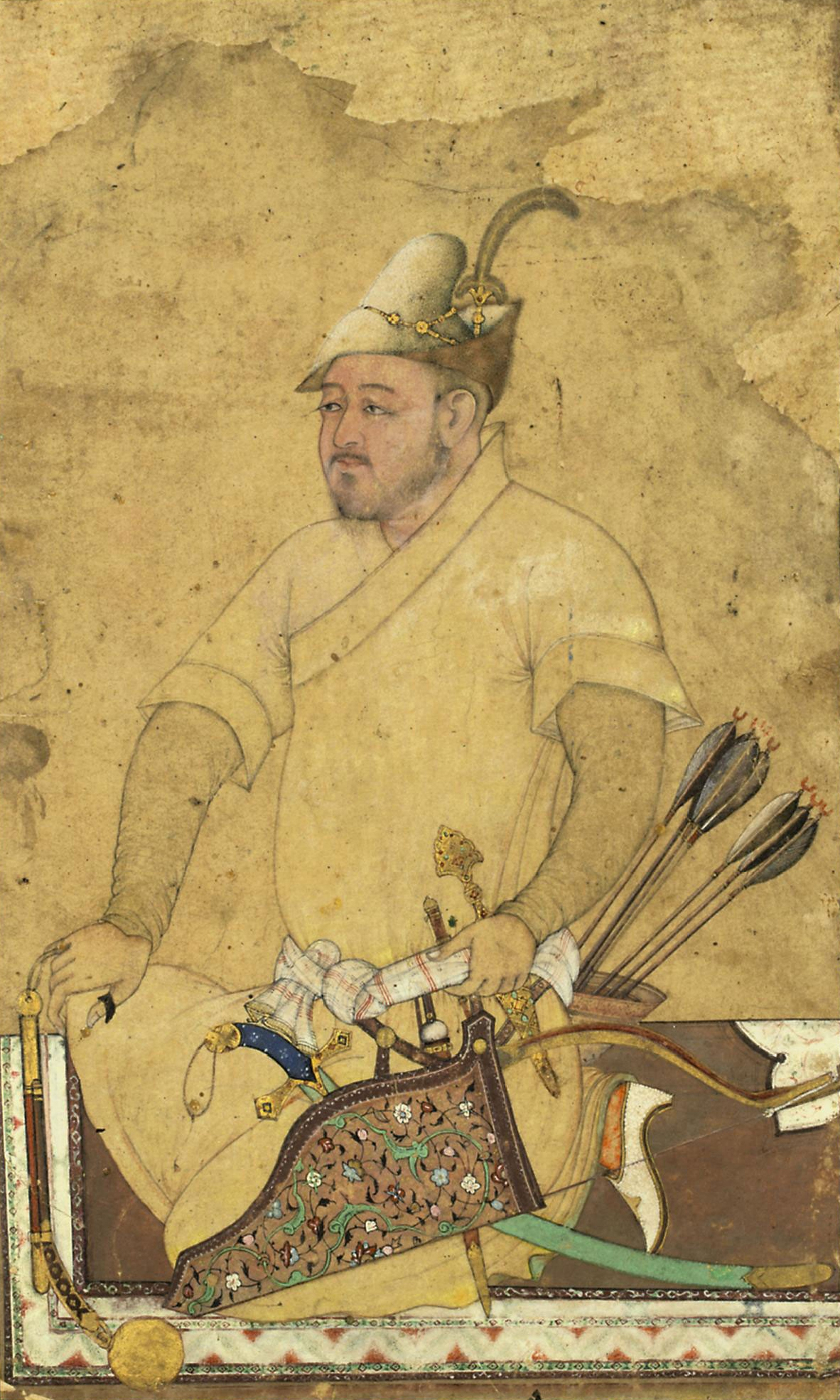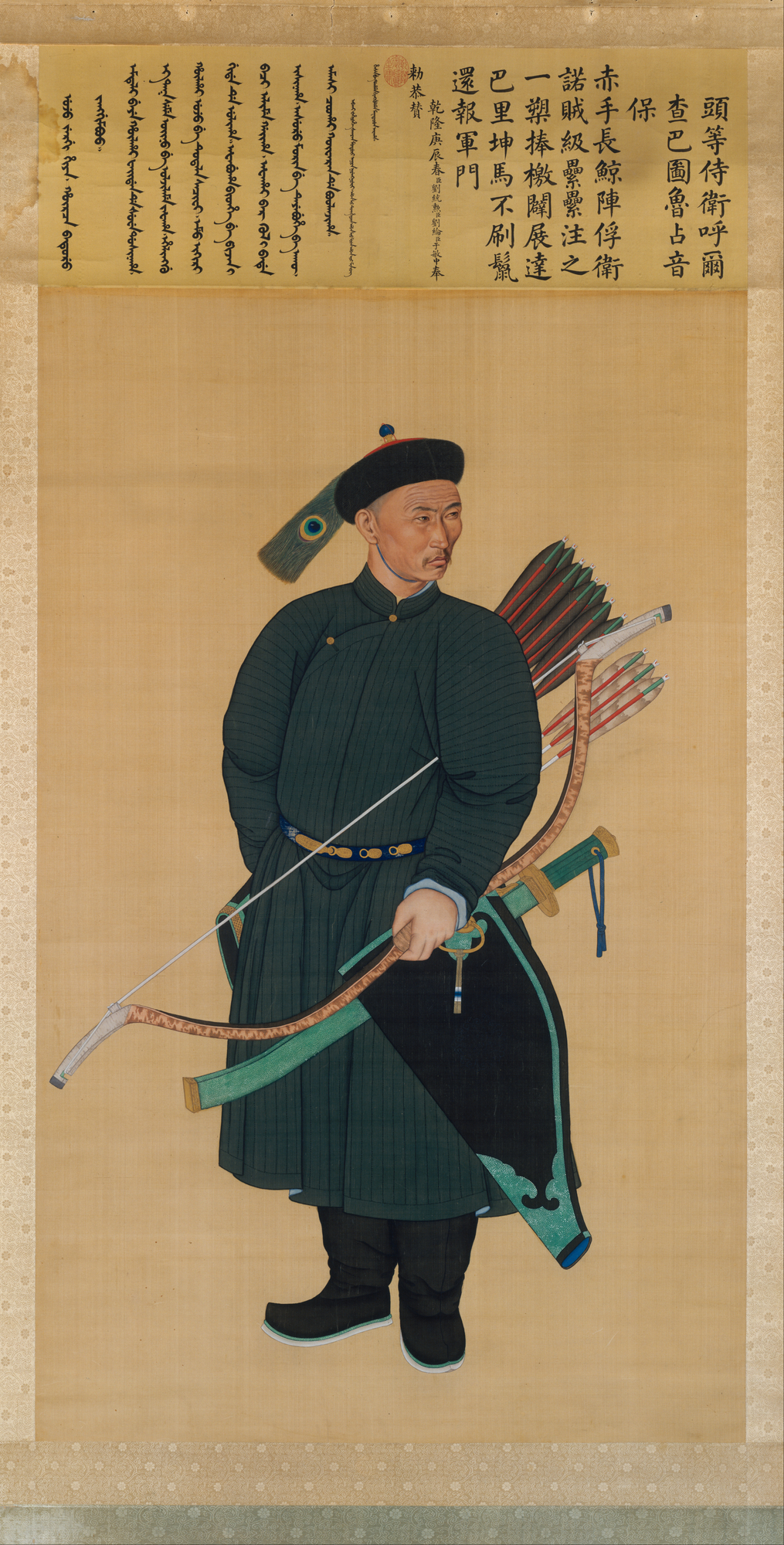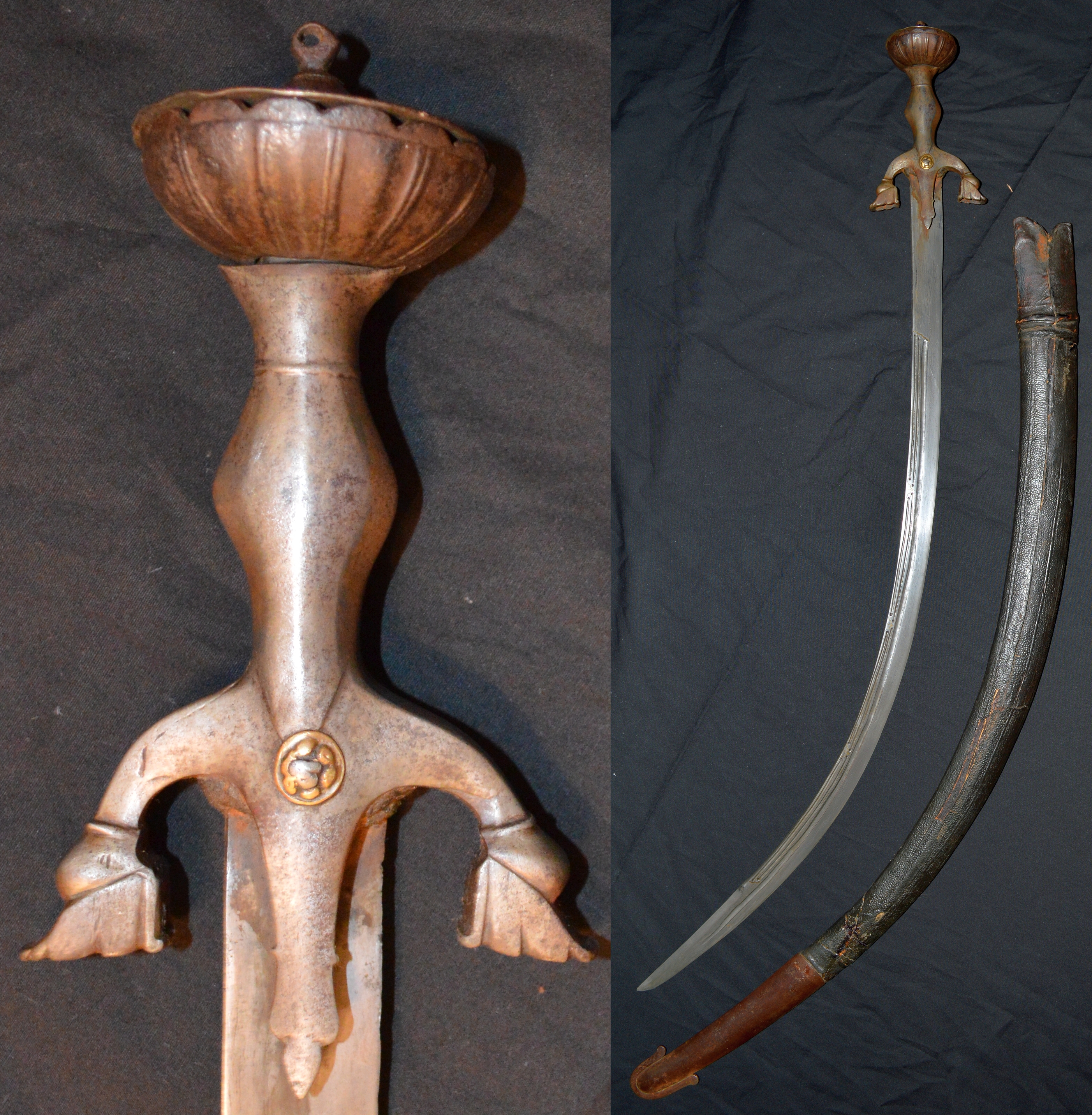|
Shamshir
A shamshir ( fa, شمشیر) is a type of Persian/Iranian sword with a radical curve. The name is derived from the Persian word ''shamshīr'', which means "sword". The curved "scimitar" sword family includes the shamshir, kilij, talwar, pulwar and nimcha. A ''shamshir shekargar'' ( fa, شمشیر شکارگر, shamshir-e shekârgar, lit=hunters' sword or hunting sword) is the same as a ''shamshir'', except the blade is engraved and decorated, usually with hunting scenes. Description Originally, Persian swords were straight and double edged. Curved Turko-Mongol sabers, sabre blades were Central Asian in origin. There is considerable disagreement between historians as to when these curved blades were first introduced from Central Asia into Iran, Persia, and over what period they became adopted and modified into the recognizable Shamshir. Curved blades began to appear in Persia in the 9th century, when these weapons were used by soldiers in the Greater Khorasan, Khorasan region of ... [...More Info...] [...Related Items...] OR: [Wikipedia] [Google] [Baidu] |
Turko-Mongol Sabers
These swords were used by the Turkic and Mongolic nomads of the Eurasian steppes primarily between the 8th and 14th centuries. One of the earliest recorded sabres of this type was recovered from an Avar grave in Romania dating to the mid 7th century. Although minor variations occur in size and hilt, they are common enough in design across 5 centuries that individual blades are difficult to date when discovered without other context. These swords were likely however, already influenced by swords used by others, such as the various Chinese swords. These swords measured between 30 and 40 inches in blade length and bore a gentle curve, leading to a pointed tip useful for thrusting. They were designed for use on horseback and neighboring peoples frequently encountered these blades at the hands of Turkic raiders. A common feature of the hilts was a 'bend' just below the pommel. This is partly due to construction of the pommel and tang and partly a feature intended to aid a mounted ... [...More Info...] [...Related Items...] OR: [Wikipedia] [Google] [Baidu] |
Kilij
A kilij (from Turkish ''kılıç'', literally "sword") or a pusat is a type of one-handed, single-edged and moderately curved scimitar used by the Seljuk Empire, Timurid Empire, Mamluk Empire, Ottoman Empire, and other Turkic khanates of Eurasian steppes and Turkestan. These blades developed from earlier Turko-Mongol sabers that were in use in lands controlled or influenced by the Turkic peoples. History Etymology According to Turkish Language Association, the Turkish root verb "''kır-''" which means "to kill" with the suffix "''-inç''" makes "''kır-ınç''" (instrument for killing) becomes ''kılınç'', then ''kılıç''. However, according to Turkish-Armenian linguist Sevan Nişanyan, it is derived from the Turkic root "''kıl-''" which means "to forge" or "to smith", with the diminutive suffix "''-ıç''" which creates "''kıl-ıç''" (roughly “ironwork”, i.e. “sword”). Also one of the earliest mentions of the word was also recorded as “kılıç” (“ ... [...More Info...] [...Related Items...] OR: [Wikipedia] [Google] [Baidu] |
Arab Sword
The Saif ( ar, سيف), sometimes called a shamshir, depending on the era, has its origins in Arabia prior to the 7th century. Not much is known about this particular weapon, other than what Al-Kindi wrote in his treatise ''On Swords'' in the 9th century. Description In the article, "Introduction to the Study of Islamic Arms and Armour" by Dr. A. Rahman Zaky, he writes about the Saif as "An Arab sword, itha rather broad-blade and sometimes with a peculiarly hooked pommel. The size varies greatly. It is found in most countries in which the Arabs have lived, and each has its own variety. Early Arab chroniclers used to mention two kinds of swords: Saif Anith, which was made of iron, and Saif Fulath or Muzakka, which was made of steel." Etymology Mostly the word "Saif" is an Arab common word for a sword, and it does not refer to a certain type. The term Xiphos, which is Greek for double-edged straight sword, can have a certain connection to the term saif. Anatomy The handle is re ... [...More Info...] [...Related Items...] OR: [Wikipedia] [Google] [Baidu] |
Acinaces
The acinaces, also spelled akinakes (Ancient Greek, Greek ) or akinaka (unattested Old Persian ''*akīnakah'', Sogdian language, Sogdian ''kynʼk'') is a type of dagger or xiphos (short sword) used mainly in the first millennium BCE in the eastern Mediterranean Basin, especially by the Medes, Scythians, Persians and Caspians, then by the Greeks. The acinaces, of Scythian origin, but made famous by the Persians, rapidly spread throughout the ancient history, ancient world. The ancient Rome, Romans believed that this weapon originated with the Medes. The acinaces is typically 40–60 cm (14-18 in.) in length and double-edged,Blair, Claude and Tarassuk, Leonid, eds. (1982). ''The Complete Encyclopedia of Arms and Weapons''. p.17. Simon & Schuster. . and although there is no universal design, the Guard (weapon), guard may be lobed with the hilt resembling that of a bollock dagger, or the Hilt#Pommel, pommel may be split or of the "antenna" type. The scabbard as much as anything ... [...More Info...] [...Related Items...] OR: [Wikipedia] [Google] [Baidu] |
Sabel - Shamshir - Livrustkammaren - 77113
{{disambiguation ...
Sabel may refer to: * ''Sabel'' (TV series), a Philippine soap opera * Sabel (surname), a Germanic surname * ''Sabel'' (film), a 2004 Philippine film * Antonette Ruth Sabel (1894-1974), music educator See also * Sable (other) A sable is a mammal in the mustelid (weasel) family. Sable may also refer to: Animals * American Sable, an American Rabbit Breeders' Association, ARBA-recognised rabbit breed * Sable, a coat (dog)#Patterns, dog coat pattern * Sable, a Ferret#Ter ... [...More Info...] [...Related Items...] OR: [Wikipedia] [Google] [Baidu] |
Middle Eastern Swords
Middle or The Middle may refer to: * Centre (geometry), the point equally distant from the outer limits. Places * Middle (sheading), a subdivision of the Isle of Man * Middle Bay (other) * Middle Brook (other) * Middle Creek (other) * Middle Island (other) * Middle Lake (other) * Middle Mountain, California * Middle Peninsula, Chesapeake Bay, Virginia * Middle Range, a former name of the Xueshan Range on Taiwan Island * Middle River (other) * Middle Rocks, two rocks at the eastern opening of the Straits of Singapore * Middle Sound, a bay in North Carolina * Middle Township (other) * Middle East Music *Middle (song), "Middle" (song), 2015 *The Middle (Jimmy Eat World song), "The Middle" (Jimmy Eat World song), 2001 *The Middle (Zedd, Maren Morris and Grey song), "The Middle" (Zedd, Maren Morris and Grey song), 2018 *"Middle", a song by Rocket from the Crypt from their 1995 album ''Scream, Dracula, Scream!'' *"The Middle ... [...More Info...] [...Related Items...] OR: [Wikipedia] [Google] [Baidu] |
Pulwar
The pulwar or pulouar is a single-handed curved sword originating in Afghanistan. Origin The pulwar originated alongside other scimitar-type weapons such as the Arab saif, the Persian shamshir, the Turkish kilij, and the Indian talwar, all of them ultimately based on earlier Central Asian swords. Originally, the Khyber Knife (a type of short sword) served as the weapon of the common people while upper-classes could afford to import swords from neighbouring Persia and India. Over time, the Afghans combined characteristics of the imported swords and adapted it to create the pulwar. Most existing pulwars date back to the early 19th century. Characteristics Borrowing features from the swords of neighboring lands, the pulwar may be described as an Afghan version of the Indian talwar. Pulwar blades tend to be more elaborately fullered than those of the talwar. Some pulwar hilts were fitted to Persian blades which are slimmer and more curved and tapered towards the tip than the more t ... [...More Info...] [...Related Items...] OR: [Wikipedia] [Google] [Baidu] |
Greek Language
Greek ( el, label=Modern Greek, Ελληνικά, Elliniká, ; grc, Ἑλληνική, Hellēnikḗ) is an independent branch of the Indo-European family of languages, native to Greece, Cyprus, southern Italy (Calabria and Salento), southern Albania, and other regions of the Balkans, the Black Sea coast, Asia Minor, and the Eastern Mediterranean. It has the longest documented history of any Indo-European language, spanning at least 3,400 years of written records. Its writing system is the Greek alphabet, which has been used for approximately 2,800 years; previously, Greek was recorded in writing systems such as Linear B and the Cypriot syllabary. The alphabet arose from the Phoenician script and was in turn the basis of the Latin, Cyrillic, Armenian, Coptic, Gothic, and many other writing systems. The Greek language holds a very important place in the history of the Western world. Beginning with the epics of Homer, ancient Greek literature includes many works of lasting impo ... [...More Info...] [...Related Items...] OR: [Wikipedia] [Google] [Baidu] |
Pahlavi Scripts
Pahlavi is a particular, exclusively written form of various Middle Iranian languages. The essential characteristics of Pahlavi are: *the use of a specific Aramaic-derived script; *the incidence of Aramaic words used as heterograms (called '' hozwārishn'', "archaisms"). Pahlavi compositions have been found for the dialects/ethnolects of Parthia, Persis, Sogdiana, Scythia, and Khotan. Independent of the variant for which the Pahlavi system was used, the written form of that language only qualifies as Pahlavi when it has the characteristics noted above. Pahlavi is then an admixture of: *written Imperial Aramaic, from which Pahlavi derives its script, logograms, and some of its vocabulary. *spoken Middle Iranian, from which Pahlavi derives its terminations, symbol rules, and most of its vocabulary. Pahlavi may thus be defined as a system of writing applied to (but not unique for) a specific language group, but with critical features alien to that language group. It has the char ... [...More Info...] [...Related Items...] OR: [Wikipedia] [Google] [Baidu] |
Middle Persian
Middle Persian or Pahlavi, also known by its endonym Pārsīk or Pārsīg () in its later form, is a Western Middle Iranian language which became the literary language of the Sasanian Empire. For some time after the Sasanian collapse, Middle Persian continued to function as a prestige language. It descended from Old Persian, the language of the Achaemenid Empire and is the linguistic ancestor of Modern Persian, an official language of Iran, Afghanistan (Dari) and Tajikistan ( Tajik). Name "Middle Iranian" is the name given to the middle stage of development of the numerous Iranian languages and dialects. The middle stage of the Iranian languages begins around 450 BCE and ends around 650 CE. One of those Middle Iranian languages is Middle Persian, i.e. the middle stage of the language of the Persians, an Iranian people of Persia proper, which lies in the south-western highlands on the border with Babylonia. The Persians called their language ''Parsik'', meaning "Persian". Anot ... [...More Info...] [...Related Items...] OR: [Wikipedia] [Google] [Baidu] |
Folk Etymology
Folk etymology (also known as popular etymology, analogical reformation, reanalysis, morphological reanalysis or etymological reinterpretation) is a change in a word or phrase resulting from the replacement of an unfamiliar form by a more familiar one. The form or the meaning of an archaic, foreign, or otherwise unfamiliar word is reinterpreted as resembling more familiar words or morphemes. The term ''folk etymology'' is a loan translation from German language, German ''Volksetymologie'', coined by Ernst Förstemann in 1852. Folk etymology is a Productivity (linguistics), productive process in historical linguistics, language change, and social relation, social interaction. Reanalysis of a word's history or original form can affect its spelling, pronunciation, or meaning. This is frequently seen in relation to loanwords or words that have become archaic or obsolete. Examples of words created or changed through folk etymology include the English dialectal form wikt:sparrowgrass ... [...More Info...] [...Related Items...] OR: [Wikipedia] [Google] [Baidu] |



